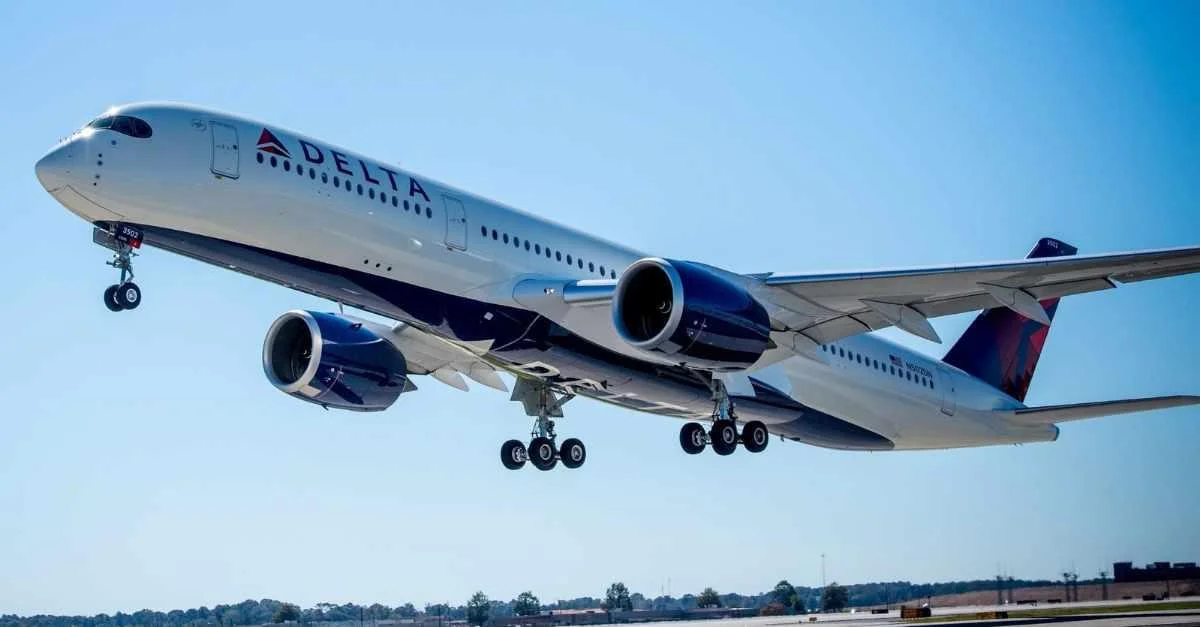Congested runways, quick judgments, and narrow margins are integral to the takeoff and landing phases of flight. During these crucial moments, pilots must quickly respond to unexpected mechanical issues or other aircraft appearing in front of them. According to CNN, hazards arise primarily during takeoff and landing due to factors such as short runways, poor visibility, and intersecting flight paths, unlike the more stable cruising altitude.
Data indicates that mid-flight stability is largely maintained with autopilot assistance, allowing crews to troubleshoot more effectively. In contrast, small errors on the ground can lead to rapid escalation of issues. The Federal Aviation Administration (FAA) emphasizes the importance of pilots understanding their aircraft capabilities in order to mitigate incidents during takeoff and landing. This is also why a significant number of accidents happen before reaching cruise altitude or during final approaches.
Training and advanced flight deck systems aim to reduce these risks, but distractions, rushed departures, and adverse weather conditions elevate danger levels during these phases. Runway complexity, ground vehicle movements, and constant air traffic movements add to the strain on flight crews.
 Alerts Sign-up
Alerts Sign-up




































